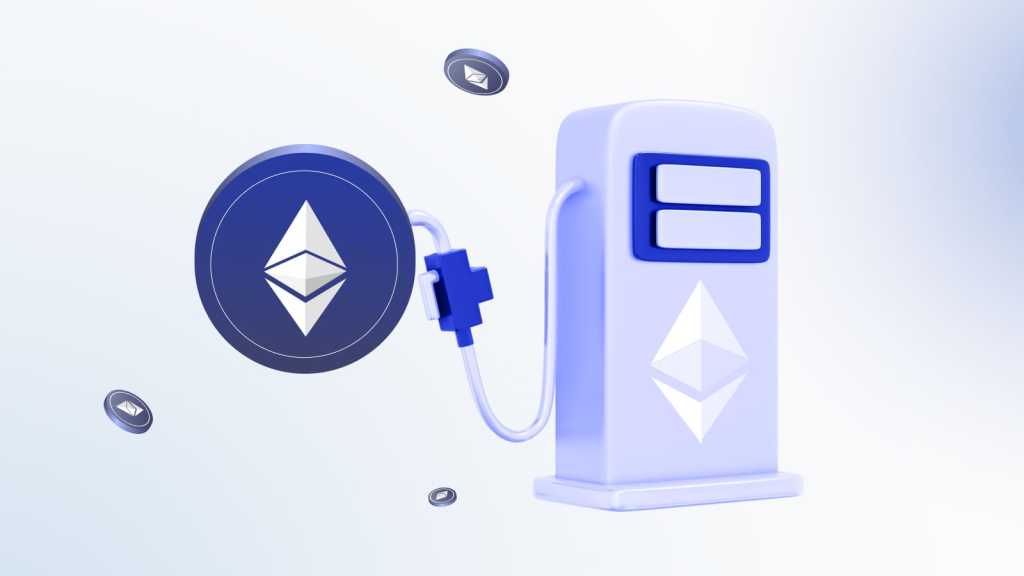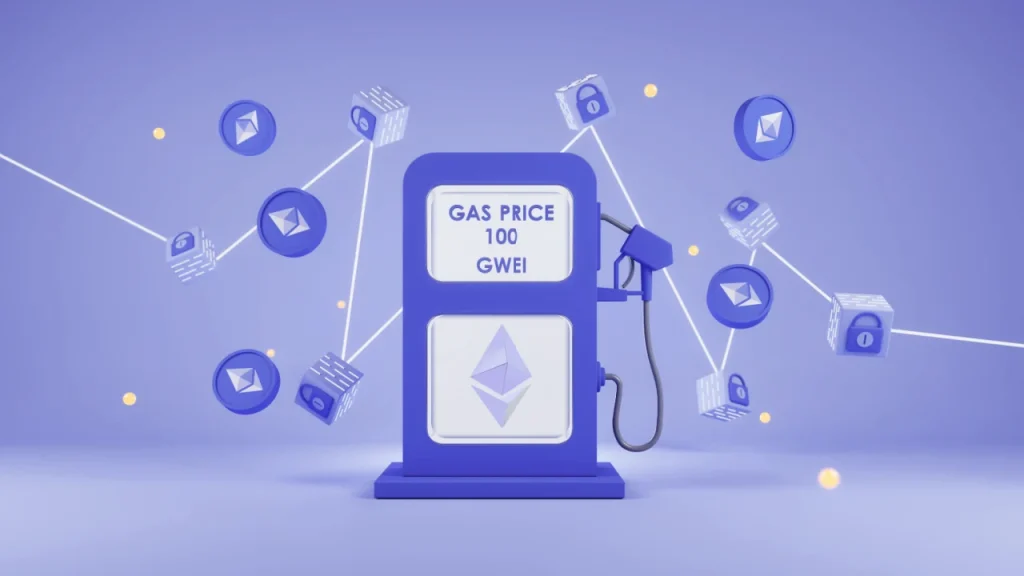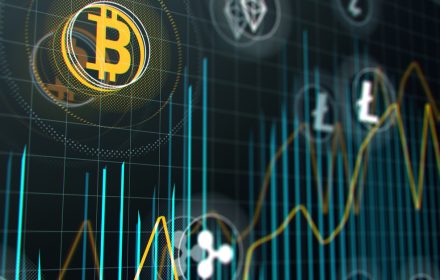The Ethereum blockchain has become an innovation in digital technologies, providing a platform for creating decentralised applications and executing smart contracts. The network’s operation depends on a key component: Ethereum gas. This component acts as fuel for performing transactions and ensures their successful inclusion in the chain.
The gas unit estimates the computational effort required to execute transactions or call a smart contract. This allows the network to protect itself from spam and distribute resources among users. The more complex the operation on Ethereum, the more gas is required, and its cost directly depends on the current blockchain load.

What is gas in Ethereum, and how does this mechanism work?
The system is designed so that each operation, whether a simple Ethereum transaction or a complex chain of smart contract calls, is paid by the network according to the amount of computational effort. In Ethereum, gas serves two main functions:
- Estimating the computational load. Each operation on the network has its own gas cost based on its complexity. For example, transferring ETH between wallets costs 21,000 gas, and calling smart contract functions requires between 50,000 and several million gas, depending on the task.
- Preventive network protection. The system prevents spam and abuse by establishing mandatory fees for any transaction.
The formula used to calculate gas costs in Ethereum is:
Component Cost (ETH) = Limit × Price.
Users set the gas price in gwei, which is one billionth of an ETH. This setting allows them to vary the cost of a transaction depending on their goals.
Limit and Price
Each user sets a component limit, which is the maximum amount of resources they are willing to pay for a transaction. The gas price in Ethereum expresses how much gwei a client is willing to pay per unit. So, if the limit is 21,000 and the fee is 50 gwei, then the total transaction amount is: 21,000 × 50 = 1,050,000 gwei = 0.00105 ETH.
Why is Ethereum gas so expensive?
 The cost of computing power units often causes dissatisfaction among users, especially during periods of peak network load. The high rate is due to objective factors, including the specific characteristics of the blockchain and the demand for its services.
The cost of computing power units often causes dissatisfaction among users, especially during periods of peak network load. The high rate is due to objective factors, including the specific characteristics of the blockchain and the demand for its services.
The complex network structure and the enormous interest in the technology create high competition for the inclusion of transactions in a block, which explains the rise in gas prices, even during the activity of DeFi protocols and NFT marketplaces.
Factors influencing the cost:
- High network congestion. The average utilization rate of ETH resources exceeds 90%. With such a workload, competition for transaction processing increases. During peak times, users raise Ethereum gas prices to speed up their transactions. For example, popular NFT sales or the launch of new tokens can increase the rate by 5 to 10 times.
- Complexity of transactions. Different transactions require different amounts of units. Simply transferring ETH is cheaper than interacting with DeFi protocols or executing complex contracts.
- Block competition. Blockchain has a limited number of transactions. This configuration forces users to bid more to have their transactions processed first.
The high cost of the component limits the use of ETH, especially for small transactions. Network clients are looking for ways to optimize their operations, moving to second-layer solutions or choosing alternative blockchains.
How to optimize Ethereum transactions and reduce gas costs
To save money, it’s important to understand how the entire mechanism works and what strategies reduce costs:
- Choose the right time. Network load varies throughout the day. Transactions sent during low-activity periods are cheaper. For example, early morning or late evening are the best times to perform transactions. During this time, the average gas price on Ethereum typically drops by 30–50%. To analyze network congestion, it’s worth using monitoring services (ETH Gas Station).
- Use Layer 2. Layer 2 solutions like Arbitrum or Optimism process transactions off the main network and broadcast them to the ETH blockchain in batches. This reduces the number of transactions, lowering workload and unit costs.
- Manually adjust gas settings on Ethereum. Modern wallets, like MetaMask, allow you to independently regulate the component limit and price. Please note: if the limit is too low, the transaction will not be completed and some funds will be lost.
Using Wallets with Advanced Gas Control on Ethereum
These devices not only store funds but also provide useful tools for managing transactions. With the help of advanced settings, you can optimize the ETH component, reduce costs, and speed up transactions.
Step-by-step instructions:
- Open your wallet and proceed to create a transaction.
- Go to the gas settings section (e.g., “Advanced Options” in MetaMask).
- Set an appropriate limit for the transaction. The standard amount for ETH transfers is 21,000 units.
- Specify the price of the component based on the current network load. Data can be checked through monitoring services such as Gas Now.
- Confirm changes and send the transaction.
With manual settings, the user can control Ethereum fees and avoid overpayments. This is especially important for those who actively interact with DeFi protocols or make transactions daily.
Monitoring Ethereum Gas Prices with Specialized Services
Gas prices should be constantly monitored to minimize expenses. Monitoring tools help you choose the best time to send a transaction:
- ETH Gas Station. The service provides information on current and projected gas prices. Recommended parameters will help you send a transaction with minimal costs.
- Gas Now. The platform displays the network load and offers recommendations for choosing a price per unit.
- Etherscan Gas Tracker. A convenient tool for monitoring blockchain load, providing real-time data on the cost of the component.
Analytics services help determine the best time for transactions. For example, if network utilization drops below 50%, Ethereum transaction fees drop to their lowest levels.

Conclusion
 Ethereum has become the foundation of decentralized finance and applications, but using it effectively is impossible without understanding how gas works. The mechanism ensures network stability, regulates its load, and protects against spam. By understanding the details, users can significantly reduce their costs and make interacting with the blockchain more convenient.
Ethereum has become the foundation of decentralized finance and applications, but using it effectively is impossible without understanding how gas works. The mechanism ensures network stability, regulates its load, and protects against spam. By understanding the details, users can significantly reduce their costs and make interacting with the blockchain more convenient.
 en
en  de
de  ar
ar  es
es  hi
hi  fr
fr  nl
nl  it
it  pt
pt  el
el 



